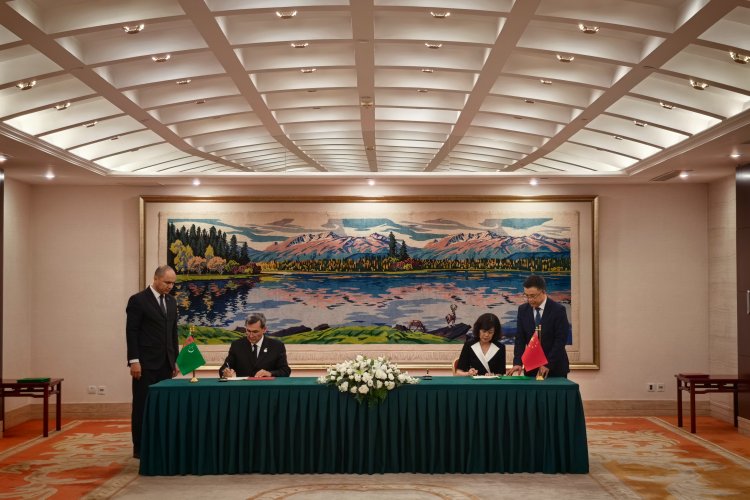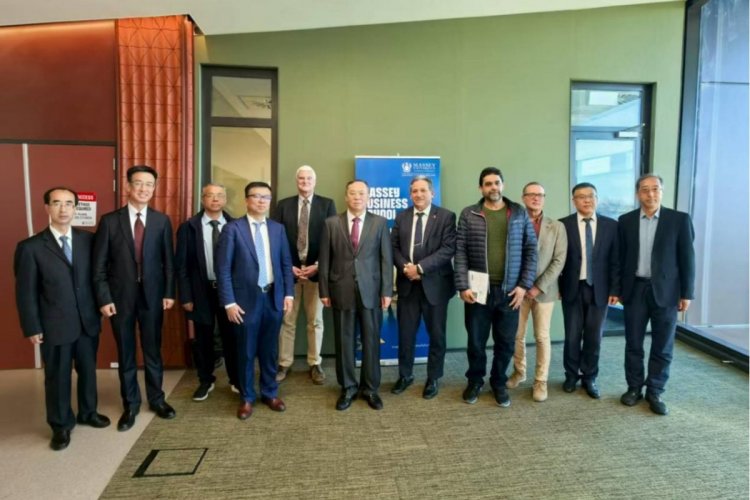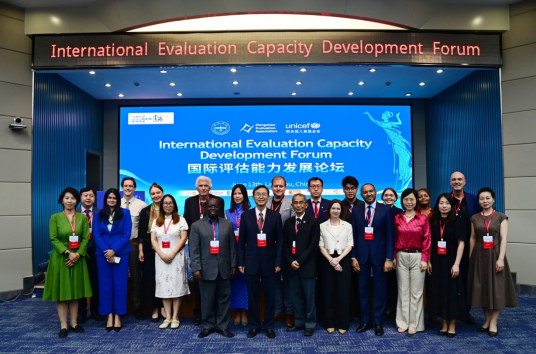Recently, School of Civil Engineering and Mechanics of LZU has made significant progress in the research of 3D graphene metamaterial. Three papers has been separately published in famous journals, and Associate Prof. Zhang Qiangqiang of LZU was the first author(one of which he was co-first authors), LZU was the communication unit of the two. Two papers, titled with "Flyweight, Superelastic, Electrically Conductiveand Flaming Retardant 3D Multi-Nanolayer Graphene/Ceramic Metamaterial", and "Naturally Dried Graphene Aerogels with Superelasticity and Tunable Poisson’s Ratio", were published in Advanced Materials, top journal in international material engineering with impact factors of 18.96 in 2015; and another one, titled with "Flyweight 3D graphene scaffolds with micro-interface barrier derived tunable thermal insulation and flame retardancy", was published in ACS Applied Materials & Interfaces, top journal in materials science of American Chemical Society(ACS)with impact factors of 18.96 in 2015.
With its unique crystal structure, graphene was given extraordinary performances in power, electricity, light, heat, and etc., which has aroused worldwide scientists’ research interest. "How to prepare macro-construct of graphene in a large scale" remains one of the hot research fields in subjects like materials, physics and mechanics. Series of impressive progress has been made by the cooperation amongAssociate Prof. Zhang Qiangqiang from LZU, Prof. Lihui from Harbin Institute of Technology, and Tim Fisher and Prof. Gary Cheng from Purdue University.
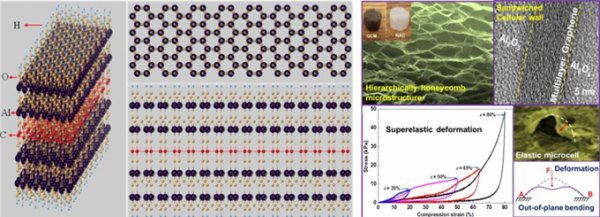
The abstract of the first thesis is as follows:
A ceramic/graphene metamaterial (GCM) with microstructure-derived superelasticity and structural robustness is achieved by designing hierarchical honeycomb microstructures, which are composited with two brittle constituents (graphene and ceramic) assembled in multi-nanolayer cellular walls. Attributed to the designed microstructure, well-interconnected scaffolds, chemically bonded interface, and coupled strengthening effect between the graphene framework and the nanolayers of the Al2O3 ceramic (NAC), the GCM demonstrates a sequence of multifunctional properties simultaneously that have not been reported for ceramics and ceramics–matrix–composite structures, such as flyweight density, 80% reversible compressibility, high fatigue resistance, high electrical conductivity, and excellent thermal-insulation/flame-retardant performance simultaneously. The 3D well-ordered graphene aerogel templates are strongly coupled with the NAC by the chemically bonded interface, exhibiting mutual strengthening, compatible deformability, and a linearly dependent relationship between the density and Young's modulus. Considerable size effects of the ceramic nanolayers on the mechanical properties are revealed in these ceramic-based metamaterials. The designed hierarchical honeycomb graphene with a fourth dimensional control of the ceramic nanolayers on new ways to scalable fabrication of advanced multifunctional ceramic composites with controllable design suggest a great potential in applications of flexible conductors, shock/vibration absorbers, thermal shock barriers, thermal insulation/flame-retardant skins, and porous microwave-absorbing coatings.

The abstract of the second thesis is as follows:
A novel natural drying (ND) strategy for low-cost and simple fabrication of graphene aerogels (GAs) is highlighted. The as-formed NDGAs exhibit ultralarge reversible compressibility (99%) and tunable Poisson's ratio behaviors (−0.30 < ν < 0.46), which suggests promising applications in soft actuators, soft robots, sensors, deformable electronic devices, drug release, thermal insulator, and protective materials.
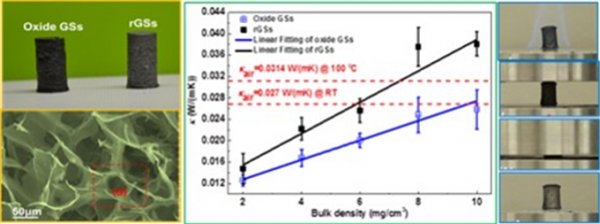
The abstract of the third thesis is as follows:
In this article, flyweight three-dimensional (3D) graphene scaffolds (GSs) have been demonstrated with a microinterface barrier-derived thermal insulation and flame retardancy characteristics. Such 3D GSs were fabricated by a modified hydrothermal method and a unidirectional freeze-casting process with hierarchical porous microstructures. Because of high porosity (99.9%), significant phonon scattering, and strong π–π interaction at the interface barriers of multilayer graphene cellular walls, the GSs demonstrate a sequence of multifunctional properties simultaneously, such as lightweight density, thermal insulating characteristics, and outstanding mechanical robustness. At 100 °C, oxidized GSs exhibit a thermal conductivity of 0.0126 ± 0.0010 W/(m K) in vacuum. The thermal conductivity of oxidized GSs remains relatively unaffected despite large-scale deformation-induced densification of the microstructures, as compared to the behavior of reduced GSs (rGSs) whose thermal conductivity increases dramatically under compression. The contrasting behavior of oxidized GSs and rGSs appears to derive from large differences in the intersheet contact resistance and varying intrinsic thermal conductivity between reduced and oxidized graphene sheets. The oxidized GSs also exhibit excellent flame retardant behavior and mechanical robustness, with only 2% strength decay after flame treatment. In a broader context, this work demonstrates a useful strategy to design porous nanomaterials with a tunable heat conduction behavior through interface engineering at the nanoscale.
These findings enriched the research approaches of graphene material and developed the research strategy on optimizing the macro performance of graphene metamaterial on the basis of micro-structure design, making it widely applied to the fields of compliant actuator, large strain sensor, flexible electrode materials, drug delivery, super-lightweight thermal insulation and protection, and insulation shielding in aerospace.
Links of the theses:
(Translated by Song Rong; proofread by Li Rui)


